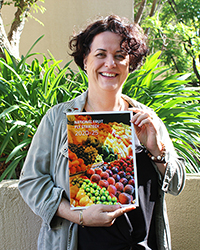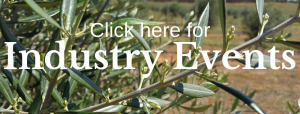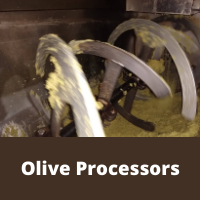
Sarah Corcoran, CEO of Plant Health Australia
While fruit fly is not classed as a major pest for our industry, fruit damage by fruit flies is reported regularly by olive growers. So it’s good news that the path towards a more co-ordinated and sustainable fruit fly management system to protect Australia’s horticulture sector is now clearer, following the release late last year of the 2020-25 National Fruit Fly Strategy.
The new strategy builds on a draft version released by Plant Health Australia (PHA) in 2008, and is the result of a collaborative effort by Australia’s horticultural industries, state governments, the Australian Government, Hort Innovation and various research institutions.
“PHA brought together the contributions of these organisations into a unified national strategy which can meet the needs of the diverse industries and regions impacted by fruit fly,” PHA CEO Sarah Corcoran said.
“The actions required to meet these needs have been captured under eight different, yet interdependent, priority areas: market access; management of established fruit fly; prevention, preparedness and response; research; surveillance; diagnostics; communication and engagement; and co-operation.”
National Fruit Fly Council (NFFC) Chair Lloyd Klumpp said the strategy provides a framework for governments, industry and research funders to advance fruit fly management in Australia.
“It is a blueprint for national co-operation as we seek to both manage our existing pest fruit fly species, Queensland fruit fly and Mediterranean fruit fly, and prevent exotic fruit fly species establishing in Australia,” he said.
“The NFFC is tasked with overseeing the implementation of the Strategy and will be developing annual implementation plans to identify and monitor key activities under the strategy, however the real strength lies in the contribution that every individual and every organisation makes to combating fruit fly,” said Dr Klumpp.
“Effective management of fruit flies relies on co-operation at all levels of government, and between industry bodies, research institutions, regional groups, growers, and community and home gardeners.”
“To this end, I encourage everyone to use this strategic framework when planning and executing fruit fly management.”
Download the strategy and 2020-21 implementation plan here.
The NFFC was formed in 2015 to bring together industry and government representatives to drive the delivery of a cost-effective and sustainable approach to managing fruit flies across Australia. It is convened by PHA and funded by Australia’s federal and state governments and Hort Innovation.



